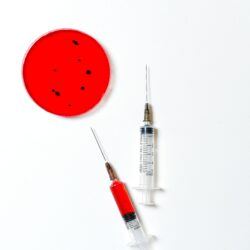Air pollution nowadays is no longer a phenomenon that exists in the external environment, but it has now encroached on personal living spaces as well.
Merely setting our movement limits within our personal spaces to avoid the air pollution and toxins entailed in the external environment would do too little to serve our self-wellbeing motives if measures to counter the pollution existent in our homes and our living spaces are not well implemented in time. Now, the major purpose of writing this blog is to let you know about the Best Indoor plants that clean the air and remove toxins
Lack of proper ventilation, modern furnishing, usage of synthetic chemical building materials, and even carpets may contain more chemicals that may lead to indoor air pollution and its content may even go high as much as 90%, this makes a dire need for us to plant some air giving plants inside our homes as well.
It is a shocking fact that more than 95% of the population in the world breathes polluted dangerous air as per the report State of Global Air by the Health Effects Institute also covered by fox news in 2018.
The report also revealed that more than 6 Million deaths took place in 2016 owing to this reason and further increased the risk of stroke, heart attack, and serious lung complications.
The regions that were worst affected were countries located in North &West Africa and South Asia.
Well, the only way out to improve the air quality indoors and breathe a pure form of oxygen is to roll down the pollution levels inside.
One of the best ways to improve air quality inside our homes or living spaces is to plant air purifying plants so as to make the air conducive for our breathing purposes, there are many indoor plants that clean the air and remove toxins from the air that are stated below.
Air purifying plants indoors recommended by NASA:
As per NASA technical report server in 1989 a study concluded that some plants at home can absorb the harmful toxins and pollution from homes especially in places where the airflow is limited. There are some important indoor plants recommended by NASA and a few of them is mentioned below.
Plants are a more natural way to improve air quality and are even more cost-effective in relation to expensive air purifiers. They too help in maintaining good health by keeping the mood happy, reducing stress, and increasing productivity.
It too recommended that such plants must be kept in every 100 Sq. feet of the household area so that it can absorb the harmful chemicals from air that arise from synthetic furnishing or building materials, carpets, plastic items, etc. There are a whole lot of benefits of indoor plants in bedrooms as well, it also makes the home look beautiful and presents it in a more natural way.
However, before keeping such plants inside your homes you must ensure that a proper water drainage system is arranged for this purpose so that it does not lead to the growth of mold inside, covering the upper layer of the soil of the pots with gravel helps in keeping mold at bay.
Best indoor plants for clean air:
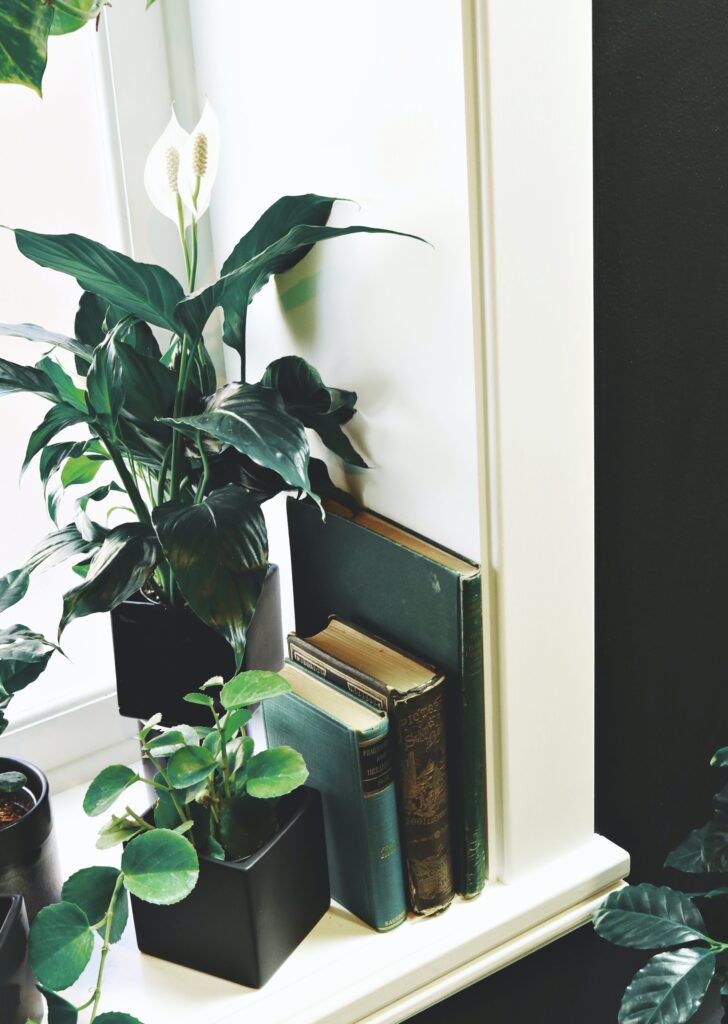
1. Holy Basil (Ocimum basilicum)
Holy Basil also popularly called Tulsi is one of the excellent air-purifying indoor plants.
It gives out oxygen for almost four hours a day and also absorbs harmful gases like carbon dioxide, carbon monoxide, and sulfur dioxide from the environment. This plant is a very good mosquito repellent. It has a number of medicinal benefits and can be even used for consumption purposes as well to cure sore throat, headache, etc. It is also used in cooking because of its many medicinal benefits and its renowned aroma.
Basil is a natural herb and is a native India it is also known as King of herbs.
Basil needs nice and moist soil and needs at least 1inch of water every week it needs 6-8 hours of sunlight in a day.
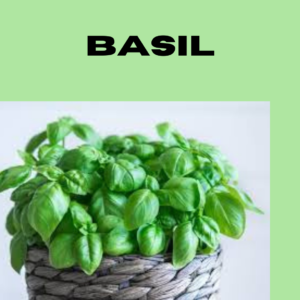
2. Aloe Vera (Aloe barbadensis miller)
Aloe Vera is renowned for its health and skin benefits but it too can prove out to be natural air cleaner if planted in our homes. This plant gives you clean air to inhale by absorbing harmful gases like carbon dioxide, carbon monoxide, and formaldehyde. Keeping this plant for four hours in the sunlight can eliminate 90% of formaldehyde in 1 square meter of air.
Aloe Vera has originated from the Arabian Peninsula region, and it grows in semi-tropical and arid climatic areas.
Aloe Vera can be managed very easily it needs deep watering but on an infrequent basis also it is needed to be kept in warm places that received bright light but not direct sunlight.
Though Aloe Vera has potential toxicity, therefore it is recommended to research it fully and take the doctor’s advice before you intake aloe vera to avoid any side effects.
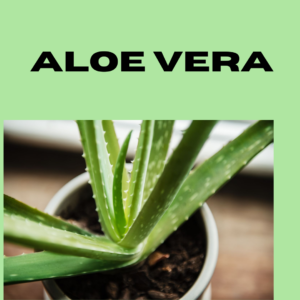
3. Golden pothos (Epipremnum aureum)
It is also known as devil’s ivy that survives in almost all sorts of conditions and can grow up to 8 feet long. It is renowned for its natural property of absorbing toxins and cleaning the air indoors.
This plant should be kept from out of the reach of kids &pets as it can be toxic to them.
Origin- This plant is native to tropical regions such as Southeast Asia and the western pacific islands.
This plant should be watered when the soil is dry and kept away from direct sunlight to avoid discoloring.
It helps in eliminating various chemical compounds such as formaldehyde, xylene, toluene, benzene, carbon monoxide, and many more.
It is also known as bamboo palm, butterfly palm and is a perennial plant that grows up to 10-30 ft tall and blooms mostly in summers.
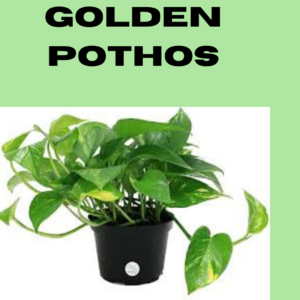
4. Areca palms (Chrysalidocarpus lutescens)
This plant will help in purifying the air and help you in providing filtered fresh air for your breathing. This plant should be ideally planted outside the house as it grows tall and wide up to approx. 8-15 ft.
This plant is usually non-toxic.
Origin- This plant finds its origin and traces from Madagascar.
This plant needs moist soil that needs plenty of water in summers when it’s in the growing stage but should be watered less in winters.
It helps in eliminating various chemical compounds such as benzene, carbon monoxide, formaldehyde, trichloroethylene, xylene many more.
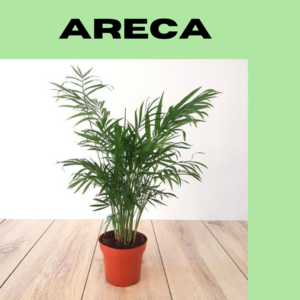
5. Rubber plants (Ficus elastic)
It is also known as rubber bush that is a popular ornamental plant that can grow up to 30 ft. high, however, there are indoor plants of the same variety that can be grown indoors that have a manageable height of 1 ft. to 8 ft. tall having attractive foliage.
This plant is toxic to pets and should be kept out of reach of kids as well.
It finds its origin in countries like India, Nepal, China, Malaysia, etc.
It helps in eliminating various chemical compounds like carbon monoxide, formaldehyde, trichloroethylene, and many more.
It needs a moderate amount of water especially in winters and is very easy to care for. It must be kept in nice bright-lit places but away from direct sunlight.
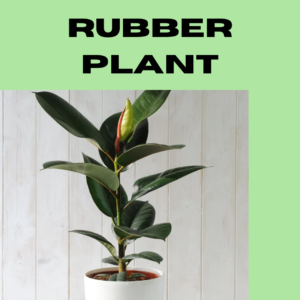
6. Peace lilies (Spathiphyllum)
As per a report of NASA in 1980s Peace lilies are amongst the top plants that help in removing common toxins from the air present indoors, in fact it also helps in eliminating ammonia.
It is easy to care plant that needs normal room temperature to survive, they are unlikely to bloom much and if it does it requires very low light to survive. It requires moderate watering and its soil must be kept moderately moist.
It is toxic to both pets and human beings it must only be kept as an ornamental plant as it may cause burns, swelling, and skin irritations.
It has originated from tropical regions of America & South eastern Asia.
It helps in eliminating various chemical compounds such as formaldehyde, benzene, trichloroethylene, xylene, ammonia, and many more.
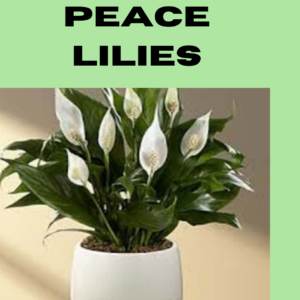
Well, that is all that I have to share with you amazing people, also all the above content has been studied and researched from internet, therefore it is advisable that you may too involve yourself in some research work before forming any decision to plant any of the above-stated plants at your home for more clarity.
Source of information: Healthline.com, Wikipedia.com



